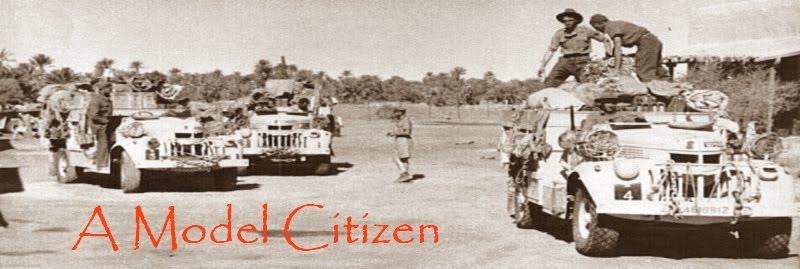The Sherbourne is a plank on bulkhead (POB) kit--actually, a double plank on bulkhead as two complete plankings will be made. Since the below-deck areas are not modelled, the frames are represented by solid pieces of wood and there are a lot less of them. (My other wooden ship model in progress, the Fair American, is plank on frame [POF] and I will be posting info on it soon.)
As can be seen in the photo above, the keel and nine bulkheads have been cut from birch ply, sanded, and checked against the plans for proper size and shape.
After test fitting, the bulkheads were glued to the false keel ensuring that each one aligned at a ninety degree angle. You can also see the compound curves for the deck: convex from bulwark to bulwark and concave from bow to stern. The tops of the bulkheads must lie flush with the top edge of the false keel for the decking to lay flat. At this point the walnut bow, keel, and rudder post have also been attached.
The picture above shows the hull after the ply false deck was cut and glued to the top edges of the false keel and bulkheads. Next up: Attaching the gunport bulwarks and two sets of stern counter frames.
As can be seen in the photo above, the keel and nine bulkheads have been cut from birch ply, sanded, and checked against the plans for proper size and shape.
After test fitting, the bulkheads were glued to the false keel ensuring that each one aligned at a ninety degree angle. You can also see the compound curves for the deck: convex from bulwark to bulwark and concave from bow to stern. The tops of the bulkheads must lie flush with the top edge of the false keel for the decking to lay flat. At this point the walnut bow, keel, and rudder post have also been attached.
The picture above shows the hull after the ply false deck was cut and glued to the top edges of the false keel and bulkheads. Next up: Attaching the gunport bulwarks and two sets of stern counter frames.






























